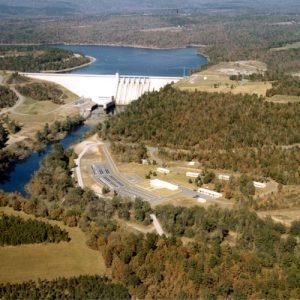 Greers Ferry Dam
Greers Ferry Dam
Entry Type: Thing
 Greers Ferry Dam
Greers Ferry Dam
 Greers Ferry Dam 50th Anniversary Brochure
Greers Ferry Dam 50th Anniversary Brochure
Greers Ferry Dam and Lake
 William Henry Grey Gravesite
William Henry Grey Gravesite
Griffin Auto Company Building
Griffithville School
 John Grisham Booksigning Ad
John Grisham Booksigning Ad
Grotto Salamander
aka: Eurycea spelaea
aka: Ghost Lizard
aka: Ozark Blind Salamander
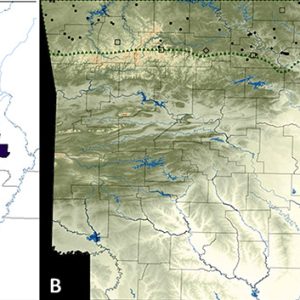 Grotto Salamander Distribution
Grotto Salamander Distribution
 Grotto Salamanders
Grotto Salamanders
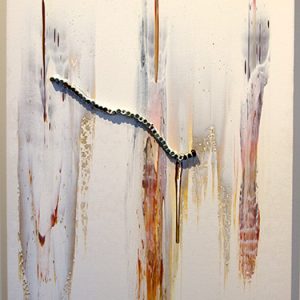 Grouping III by Robyn Horn
Grouping III by Robyn Horn
 Grubbs Cotton Gin
Grubbs Cotton Gin
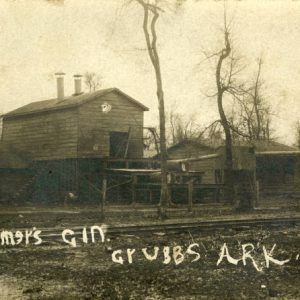 Grubbs Gin
Grubbs Gin
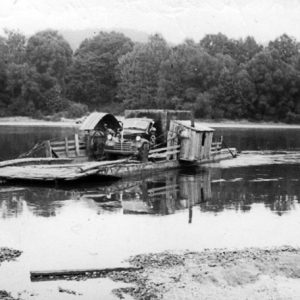 Guion Ferry
Guion Ferry
 Guion Sand Company
Guion Sand Company
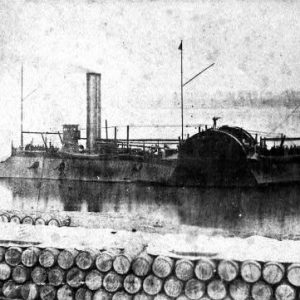 Gunboat Eastport
Gunboat Eastport
 Gurdon Jail
Gurdon Jail
 Gurdon Jail
Gurdon Jail
Gurdon Jail
Gurdon Light
Gustave B. Kleinschmidt House
Guy High School Gymnasium
Guy Home Economics Building
Guy v. Daniel
aka: Abby Guy v. William Daniel
Gypsum Mining
H. M. Anderson House
Habicht-Cohn-Crow House
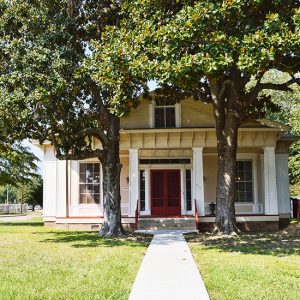 Habicht-Cohn-Crow House
Habicht-Cohn-Crow House
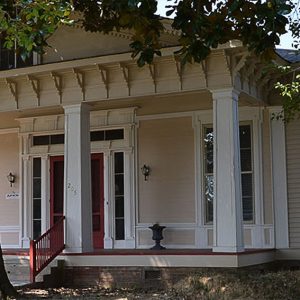 Habicht-Cohn-Crow House
Habicht-Cohn-Crow House
Haemogregarines
 Haggard Ford Swinging Bridge
Haggard Ford Swinging Bridge
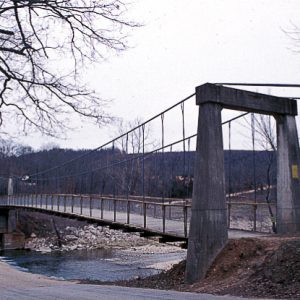 Haggard Ford Swinging Bridge
Haggard Ford Swinging Bridge
Haggard Ford Swinging Bridge
aka: Bear Creek Bridge
Hale Creek Bridge
 Hale Creek Bridge
Hale Creek Bridge
Halfway from Hoxie
 Halfway from Hoxie by Miller Williams
Halfway from Hoxie by Miller Williams
 Hallelujah Stamp
Hallelujah Stamp
Hallelujah
Hallie [Steamboat]
Hammond Packing Company v. Arkansas
Hampton Waterworks
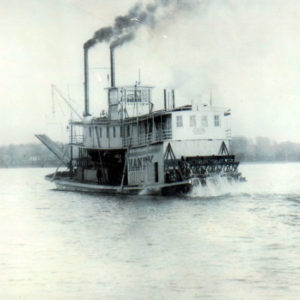 Handy Steamboat
Handy Steamboat
 Handywagon
Handywagon
Handywagon
 Hanging Tree
Hanging Tree
 Hardee Pattern Battle Flag
Hardee Pattern Battle Flag
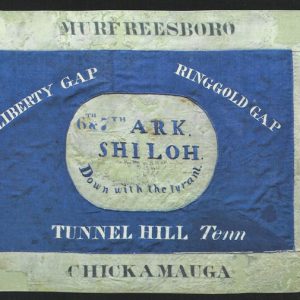 Hardee Pattern Battle Flag
Hardee Pattern Battle Flag
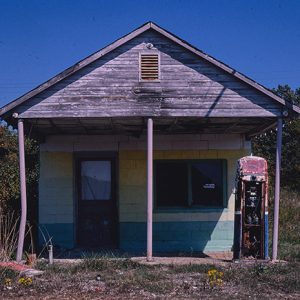 Hardy Amoco Station
Hardy Amoco Station
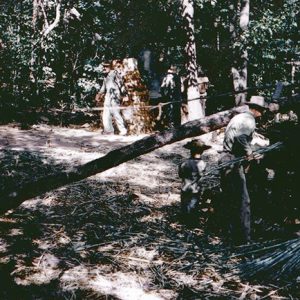 Harmon Sorghum Mill
Harmon Sorghum Mill




